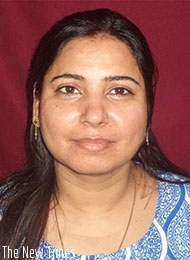More efforts needed to improve financial literacy among women
One of challenges Rwanda is facing as a developing country is increasing savings and investment to promote economic growth.

Dr Jaya Shukla
